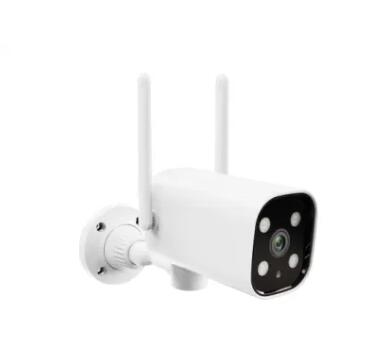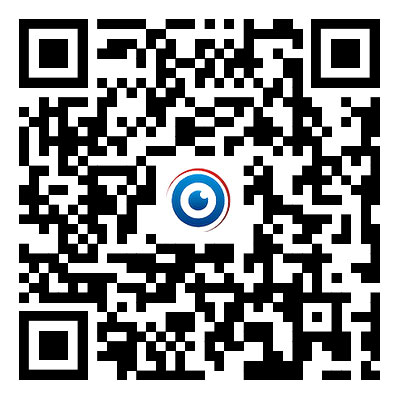Eyes on Education: Exploring the Applications of Surveillance in the Education Sector
2023-12-22
Introduction:
As technology continues to weave its way into various facets of our lives, the education sector has not been immune to the influence of surveillance. From enhancing campus security to optimizing educational outcomes, surveillance tools and technologies are increasingly finding their place in schools, colleges, and universities. This blog takes a closer look at how surveillance is used in the education sector, examining both its benefits and the ethical considerations that accompany its implementation.
1. Campus Security: Keeping Students Safe
One of the primary applications of surveillance in education is bolstering campus security. Security cameras strategically placed across campuses act as a deterrent to potential threats, help monitor access points, and provide valuable evidence in the event of incidents. The real-time monitoring of these cameras enhances the ability of educational institutions to respond promptly to security concerns, creating a safer environment for students and staff.
2. Attendance Monitoring: Streamlining Administrative Processes
Surveillance technologies, such as biometric systems and facial recognition, are increasingly being used to streamline attendance monitoring. These systems automate the process, reducing the administrative burden on educators and providing accurate attendance data. While this enhances efficiency, concerns about privacy and data security need to be carefully addressed.
3. Behavioral Analytics: Enhancing Student Engagement
Surveillance tools are now being employed to analyze student behavior in the classroom. These technologies can track student engagement, attention levels, and participation, providing valuable insights to educators. The data generated can be used to tailor teaching methods, identify struggling students, and create a more personalized learning experience.
4. Preventing Academic Dishonesty: Maintaining Academic Integrity
Surveillance is also utilized to curb academic dishonesty. In examination halls, for instance, cameras can help monitor and prevent cheating. Additionally, plagiarism detection software leverages surveillance-like algorithms to scan and compare student submissions, ensuring academic integrity in the digital age.
5. School Bus Monitoring: Ensuring Safe Transportation
To ensure the safety of students during transportation, surveillance is often extended to school buses. GPS tracking, cameras, and sensors help monitor the location and conditions on school buses, ensuring that students reach their destinations safely. This real-time monitoring is particularly crucial for parents and school authorities alike.
6. Cybersecurity in Educational Technology: Protecting Digital Environments
As educational institutions increasingly adopt digital platforms and technologies, surveillance plays a critical role in cybersecurity. Monitoring network activities helps detect and prevent cyber threats, protecting sensitive student and institutional data from malicious actors.
Conclusion:
While surveillance in the education sector offers numerous benefits, it also raises important ethical considerations. Balancing the need for security and efficiency with the rights to privacy and autonomy is a delicate task. Implementing transparent policies, involving stakeholders in decision-making processes, and regularly evaluating the ethical implications of surveillance technologies are essential steps in ensuring that education remains a safe, innovative, and respectful environment for all.



